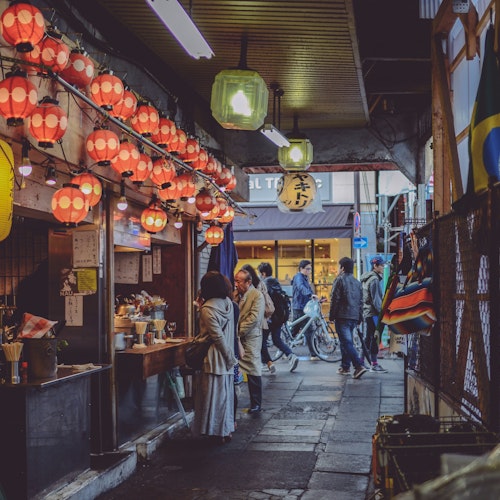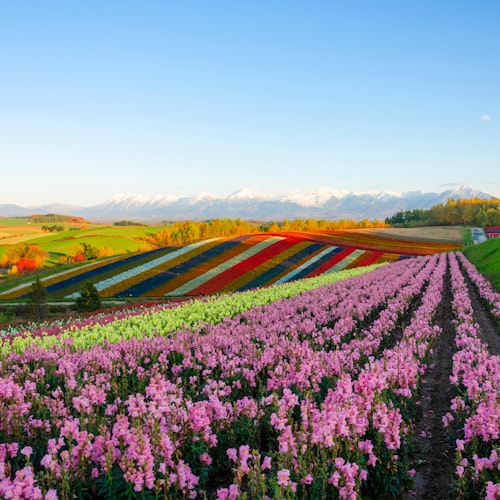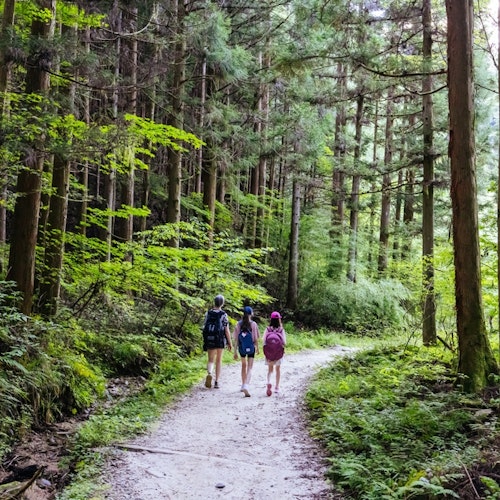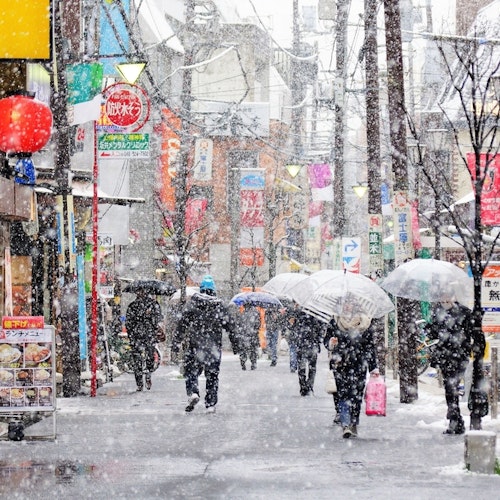
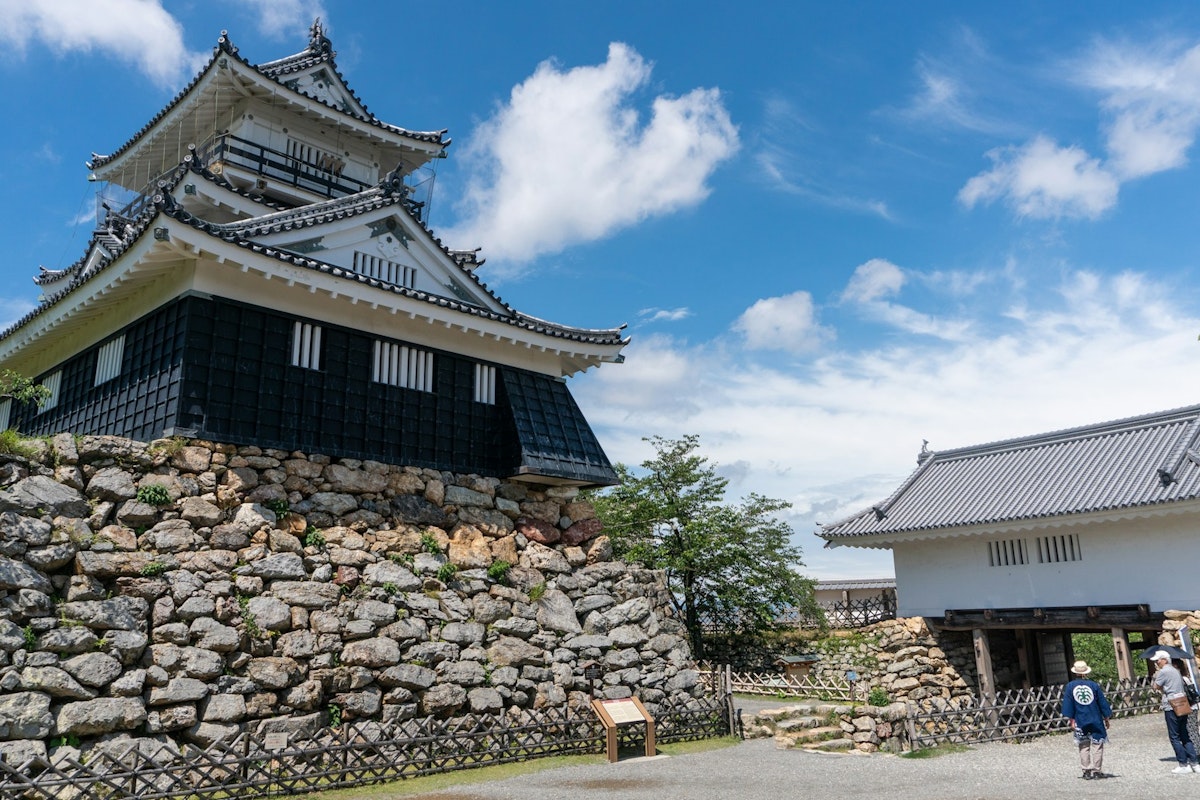
Are you looking for a perfect mix of culture, food, and beautiful scenery in Japan? Hamamatsu City in Shizuoka Prefecture offers exactly that! This charming coastal city is famous for its musical heritage, delicious eel dishes, and stunning lake views. Let's explore everything this amazing destination has to offer.
Hamamatsu City sits perfectly between Tokyo and Osaka, making it an ideal stop on your Japan journey. With a population of about 800,000 people, it's big enough to offer plenty of attractions but small enough to feel welcoming and relaxed.
The city is known for three main things: music and musical instruments, as it's home to famous piano and motorcycle companies, unagi (eel) cuisine with some of Japan's best eel dishes, and Lake Hamana with its beautiful coastal scenery and hot springs. These three elements combine to create a unique travel experience that's hard to find anywhere else in Japan.
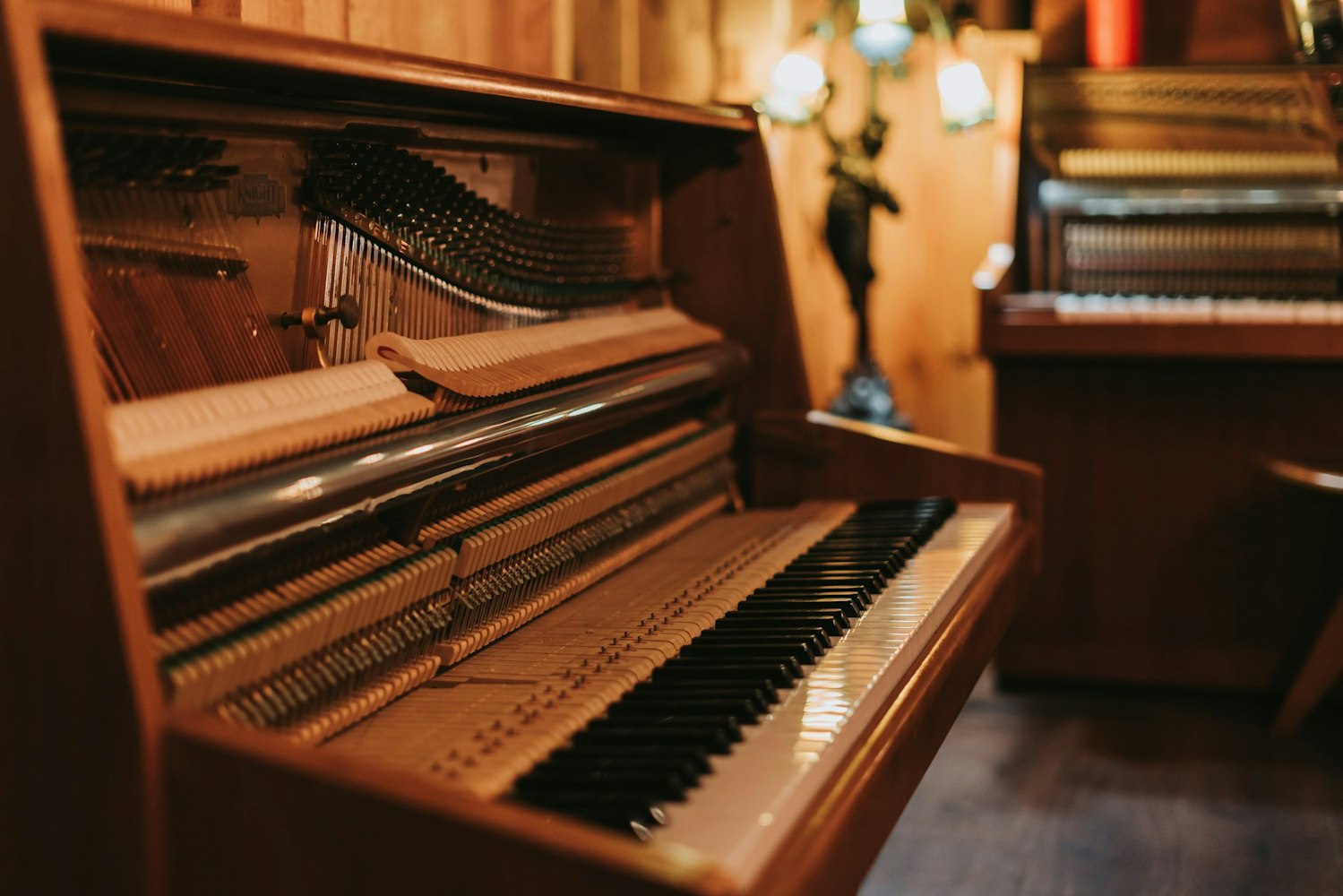
Hamamatsu earned its musical reputation thanks to several world-famous companies that started here. Yamaha, the famous piano and musical instrument maker, was founded in Hamamatsu in 1887. You can visit the Yamaha Innovation Road to see how pianos are made and learn about the company's fascinating history. The detailed factory tours show craftsmen carefully building each piano by hand, and you can even try playing some of the instruments.
The city also hosts the Hamamatsu International Piano Competition every three years, attracting talented musicians from around the world. Music lovers will find plenty of concerts, festivals, and musical events throughout the year. The sound of music truly fills this city, from street performances to world-class concert halls.
Act City Hamamatsu is the city's main cultural center and an impressive architectural landmark. This tall building houses concert halls with perfect sound quality, music museums with interactive exhibitions, and regular performances by both local and international artists. The concert hall's acoustics are so good that many famous musicians specifically request to perform here.
Yamaha Innovation Road offers an incredible behind-the-scenes look at how musical instruments come to life. You can take factory tours that show how pianos are made from start to finish, enjoy hands-on music experiences where you can try different instruments, and explore historical displays of musical instruments from around the world. The experience gives you a deep appreciation for the craftsmanship that goes into every instrument.

Hamamatsu is famous throughout Japan for its unagi (freshwater eel) dishes. Lake Hamana provides fresh eel that local chefs prepare using traditional methods that have been passed down through generations. The preparation process is an art form, with chefs spending years learning how to perfectly grill the eel and apply the special sauce.
The eel from Lake Hamana has a unique taste because of the lake's special water conditions. The lake connects to the ocean, creating brackish water that gives the eel a perfect balance of flavors. This means the eel isn't too fishy like ocean eel, but it's richer and more satisfying than typical freshwater eel. Local eel farmers have perfected their raising techniques over centuries, producing eel that's tender, flavorful, and prized by chefs across Japan.
Traditional eel restaurants in Hamamatsu offer experiences you can't find anywhere else. Komagata has been serving eel for over 100 years and is famous for their perfectly grilled eel that melts in your mouth. Fukuroya is another legendary establishment known for its special sauce recipe that's been kept secret for generations. Shimizu offers both traditional preparations and modern twists on eel dishes that appeal to younger visitors.
When you visit these restaurants, you should definitely try unaju, which is grilled eel served over rice in a beautiful lacquer box. The presentation is as impressive as the taste. Unagi kabayaki features grilled eel with a sweet soy-based sauce that caramelizes during cooking. For something truly unique to Hamamatsu, try the eel tempura, which you can't find in most other parts of Japan.
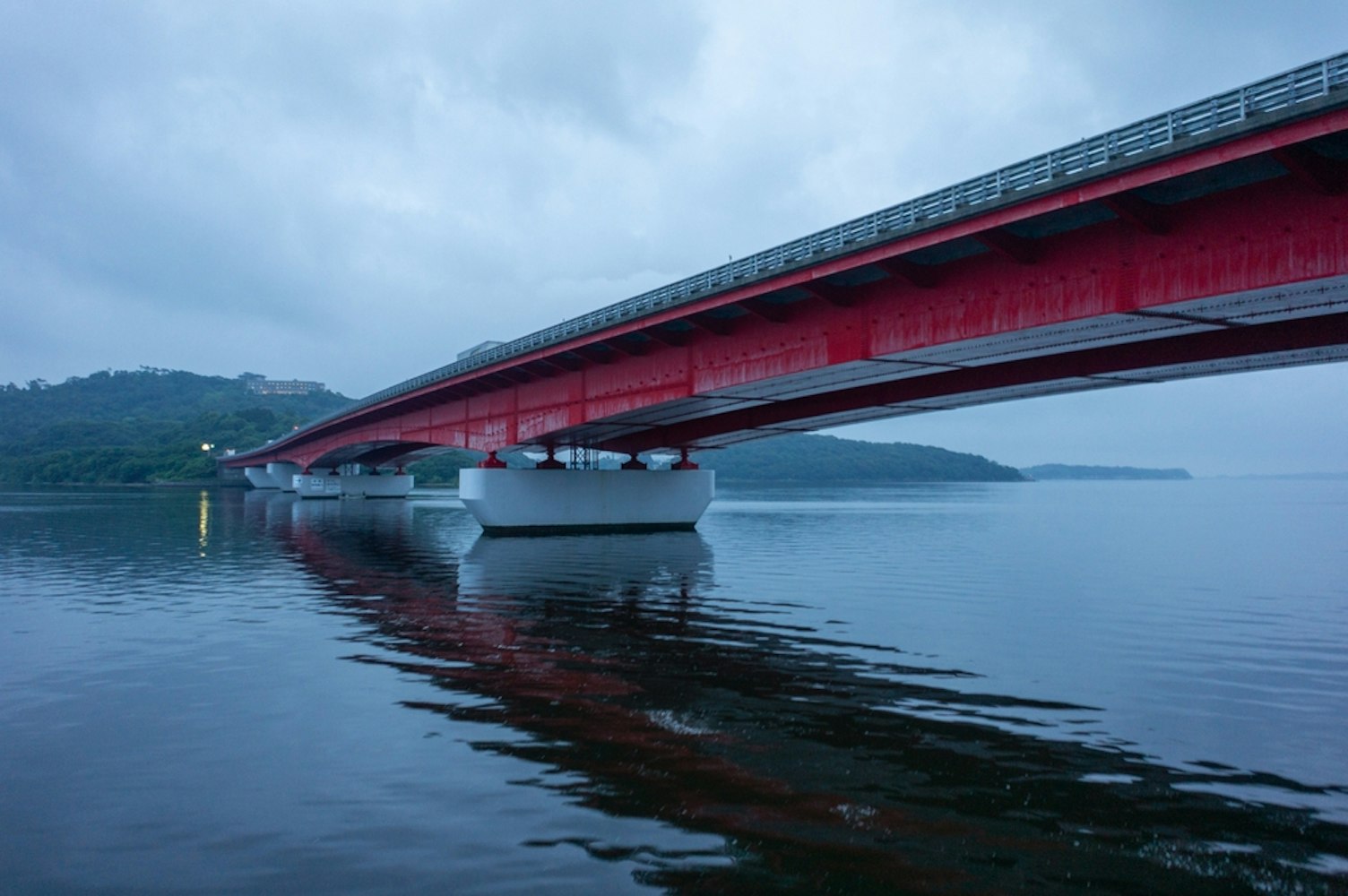
Water activities around Lake Hamana include relaxing boat tours that take you around the entire lake while guides explain the local history and point out wildlife. Fishing is incredibly popular here, especially for eel and sea bass, and local guides can teach you traditional Japanese fishing techniques. During summer months, designated swimming areas offer safe places to enjoy the warm lake water. Windsurfing and sailing are also popular because the lake's size creates perfect wind conditions.
The scenic spots around Lake Hamana are truly spectacular. Kanzanji Temple sits on a hill overlooking the lake and offers some of the most beautiful views in the region, especially during sunrise and sunset. Hamanako Garden Park is perfect for families with children, featuring large open spaces, playgrounds, and walking paths along the water. The Lake Hamana Observatory provides the best sunset views in the entire city and is a favorite spot for photographers and couples.
Kanzanji Onsen is the most popular hot spring area and offers a truly authentic Japanese experience. This area features traditional ryokan (Japanese inns) with rooms that overlook the lake, natural hot spring baths that are said to have healing properties, and elaborate kaiseki dinners that feature local eel and fresh seafood from the lake
For accommodation options, Hotel Concorde Hamamatsu offers modern amenities in the city center with easy access to restaurants and attractions. Kanzanji Onsen Korakuen provides a traditional hot spring resort experience with beautiful lake views from the outdoor baths. Budget-conscious travelers will appreciate Occhan Hotel, which offers clean, comfortable rooms and features an excellent eel restaurant on the ground floor.
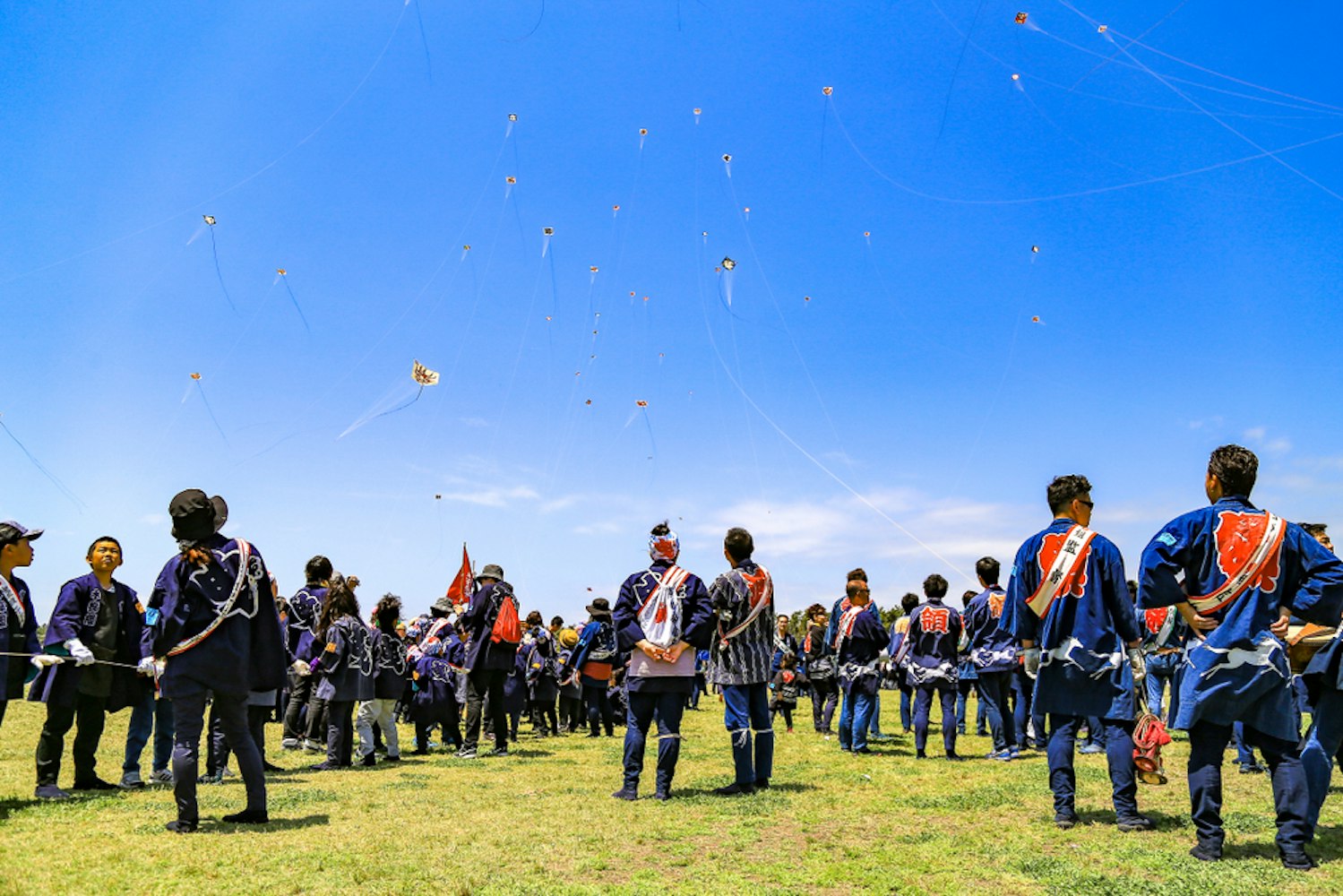
Spring from March to May offers perfect weather for walking around Lake Hamana and exploring the city on foot. Cherry blossoms bloom in early April, creating stunning pink displays around the lake and temple grounds. Temperatures stay comfortable around 15-20°C (59-68°F), making it ideal for outdoor activities and sightseeing.
The summer months from June to August can be hot and humid, but this is the best time for water activities on Lake Hamana. Fireworks festivals light up the night sky over the lake during summer weekends, creating magical experiences for visitors. Temperatures typically reach 25-30°C (77-86°F), so plan indoor activities during the hottest parts of the day.
Fall from September to November showcases beautiful autumn colors around the lake, with maple and ginkgo trees creating spectacular displays. This season offers perfect weather for outdoor activities and hiking. Winter from December to February, brings mild temperatures compared to northern Japan, making it comfortable for sightseeing. Clear winter skies provide excellent visibility for taking photos of Mount Fuji from various viewpoints around the city.
Traveling by train is the most convenient way to reach Hamamatsu. From Tokyo, you can take the JR Tokaido Shinkansen (bullet train) directly to Hamamatsu Station in just 1.5 hours. The journey offers beautiful views of Mount Fuji and the Japanese countryside.
From Osaka, direct Shinkansen service takes about 2 hours and provides a comfortable, stress-free journey. Travelers coming from Nagoya can choose between regular trains that take about 1 hour or the faster Shinkansen service that takes only 30 minutes.
If you prefer driving, the Tomei Expressway connects Hamamatsu to all major cities in central Japan. Rental cars are available at the station and throughout the city. Having a car is especially useful for exploring the Lake Hamana area at your own pace and visiting more remote hot springs and scenic spots.
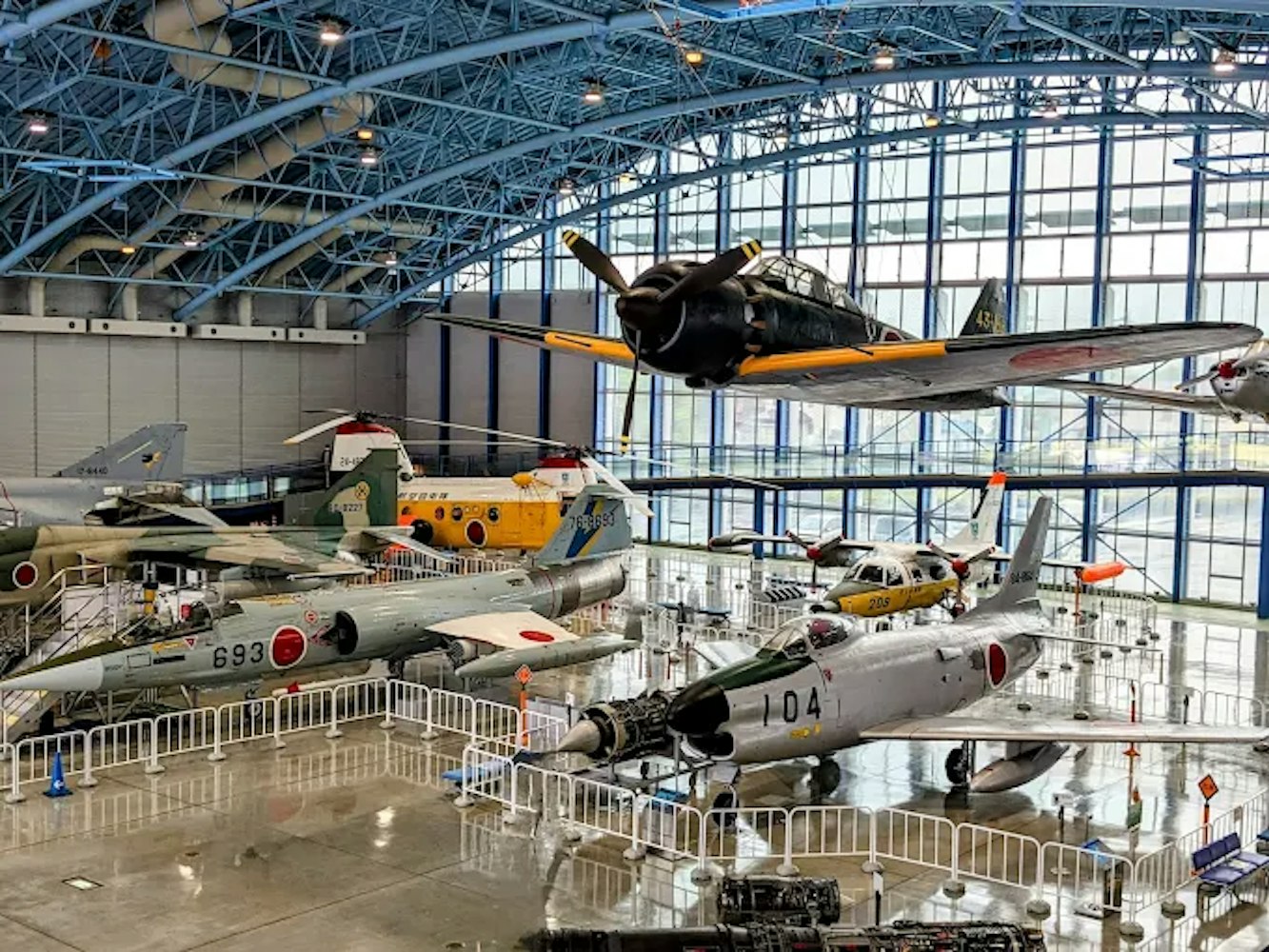
The Hamamatsu Science Museum offers interactive exhibits that are perfect for children and curious adults. The planetarium shows are particularly impressive, with programs that change seasonally to show different constellations and space phenomena. Hands-on science experiments let visitors learn about physics, chemistry, and biology in fun, engaging ways.
Air Park, officially known as the JASDF Museum, displays real aircraft that were used by Japan's Air Self-Defense Force. Visitors can climb into cockpits, try flight simulators that feel incredibly realistic, and learn about aviation history. The best part is that admission is completely free, making it perfect for budget-conscious families.
Ryugu Cave offers a completely different experience as an underground limestone cave system. The cave maintains cool temperatures even during summer, making it a perfect escape from hot weather. Beautiful rock formations created over thousands of years create an otherworldly atmosphere that fascinates visitors of all ages.
Food souvenirs from Hamamatsu make excellent gifts for family and friends back home. Packaged unagi products include eel sauce that you can use to recreate Hamamatsu flavors in your own kitchen, and eel snacks that are perfect for traveling. Local sake made with pure water from Lake Hamana offers a taste that reflects the region's natural environment. Shizuoka Prefecture is also famous for its mikan (mandarin oranges), which are incredibly sweet and juicy.
Musical items make perfect souvenirs from the "City of Music." Yamaha musical instruments and accessories are available at special prices in their hometown. Local music shops offer unique items that you can't find elsewhere, including traditional Japanese instruments that make beautiful decorative pieces even if you don't play music.
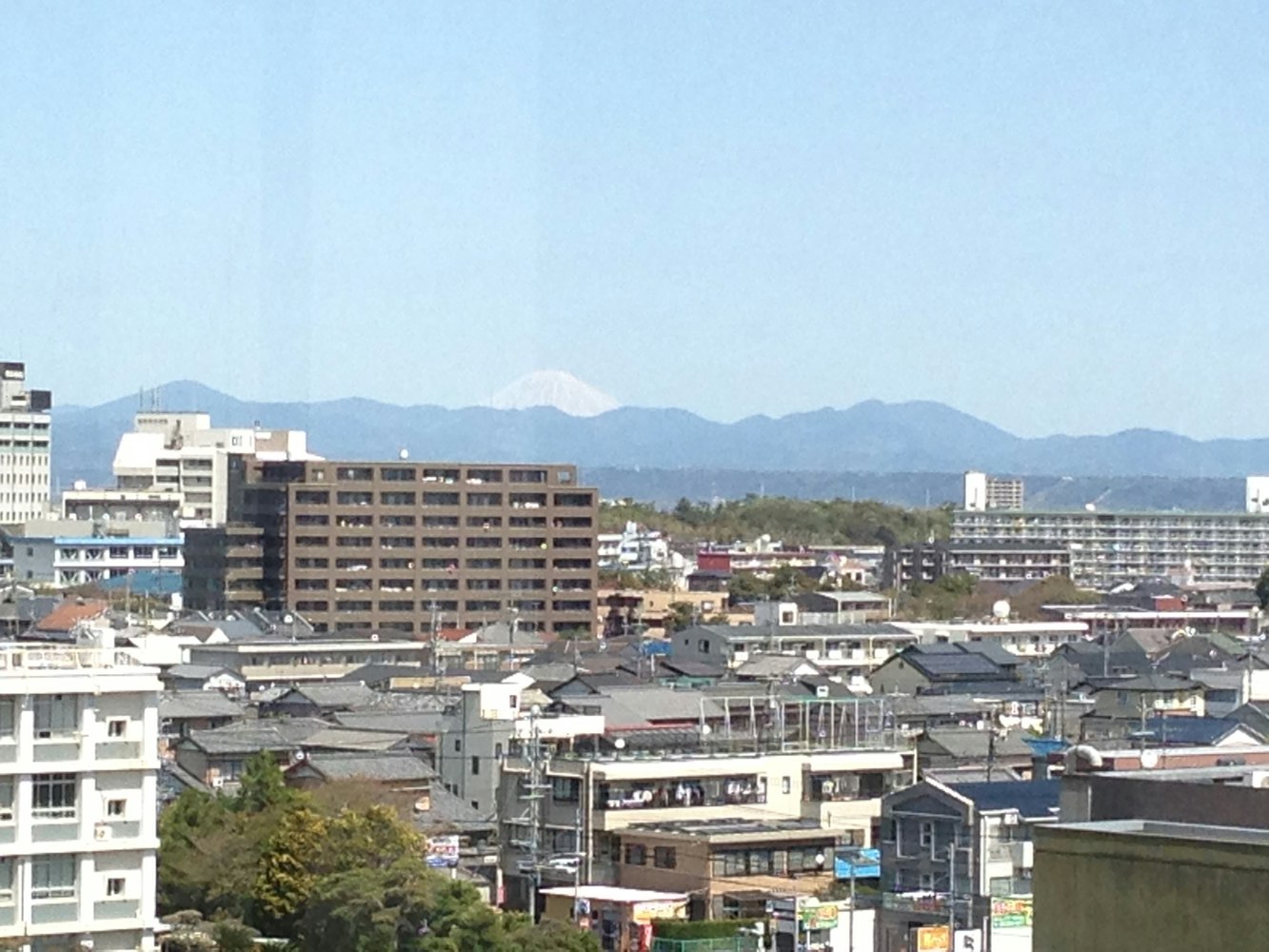
Accommodation costs vary significantly depending on your preferences and the level of luxury you desire. Budget hotels typically cost ¥5,000-8,000 ($35-55) per night and offer clean, comfortable rooms with basic amenities.
Mid-range hotels cost ¥10,000-15,000 ($70-105) per night and usually include breakfast and more spacious rooms. Luxury ryokan can cost ¥20,000-40,000 ($140-280) per night but include elaborate multi-course dinners, premium hot spring access, and exceptional service that creates unforgettable experiences.
Daily food costs depend on where and what you choose to eat. Budget meals from convenience stores and casual restaurants cost ¥3,000-5,000 ($20-35) per day and can be surprisingly delicious and satisfying.
Mid-range restaurants cost ¥6,000-10,000 ($40-70) per day and offer good quality local specialties in comfortable settings. High-end eel restaurants cost ¥8,000-15,000 ($55-105) per day but provide once-in-a-lifetime dining experiences with the finest ingredients and expert preparation.
Activity costs are generally quite reasonable in Hamamatsu. Most temples and parks charge no admission fees, allowing you to enjoy beautiful scenery and cultural sites without spending money. Museums typically cost ¥300-800 ($2-6) for admission and offer hours of educational entertainment. Boat tours around Lake Hamana cost ¥1,500-3,000 ($10-20) and provide unique perspectives of the area that you can't get from land.
Hamamatsu City offers a perfect combination of music culture, delicious food, beautiful coastal scenery, and authentic Japanese experiences. Unlike more crowded tourist destinations, Hamamatsu lets you experience real Japanese life while still providing plenty of interesting attractions and activities.
Whether you're interested in music, love trying new foods, enjoy beautiful natural scenery, or want to learn about Japanese culture, Hamamatsu has something special for you. The city's friendly people, reasonable prices, and convenient location make it an excellent choice for travelers who want to discover a different side of Japan.

Discover Japan without limits with our all-access JR Pass!
